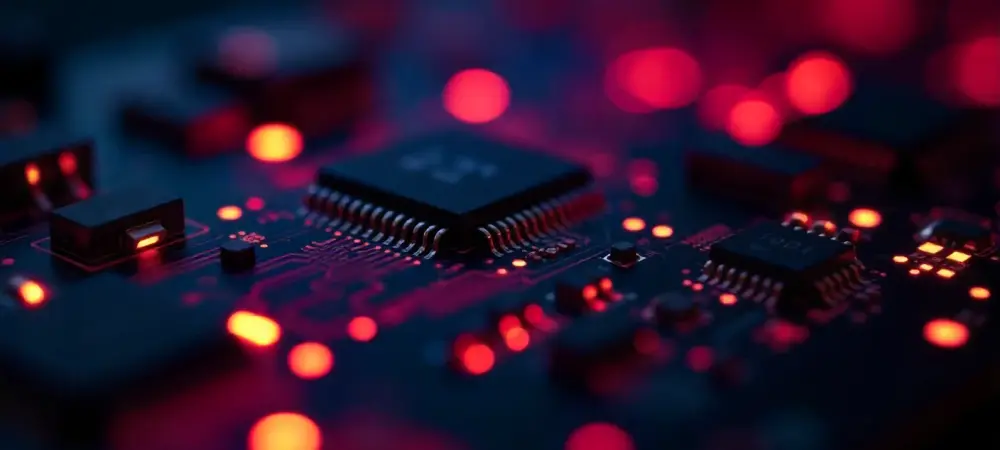In an era where productivity reigns supreme, professionals increasingly seek computing solutions that seamlessly support demanding workloads. Amid the plethora of options, the Velocity Micro ProMagix HD80 emerges as a contender designed to cater specifically to the needs of intensive professional applications. This review aims to unravel the performance, features, and value proposition of the ProMagix HD80, offering potential buyers insight into whether this workstation meets their specific requirements and presents a worthy investment.
Product Overview
The Velocity Micro ProMagix HD80 stands out as a robust workstation engineered for professional environments. With its Intel Core Ultra 9 CPU, it promises formidable processing capabilities ideal for handling substantial workloads. Coupled with 64GB of DDR5 RAM, this workstation delivers ample memory to support complex applications and multitasking needs. Its dual SSD storage configuration, comprising a 4TB Samsung 990 Pro and a 2TB Kingston NV3 NVMe, ensures large file management without compromising speed or efficiency.
Eschewing the flashy aesthetics typical of gaming PCs, the ProMagix HD80 embraces a minimalist ethos, with a chassis built from solid steel and strategic mesh placements for enhanced airflow. Tool-free side panels allow for easy upgrades and maintenance, further emphasizing its professional utility. This design reflects a conscious decision to prioritize functionality over superficial enhancements, aligning the product with professional users who value substance.
Performance Evaluation
The ProMagix HD80 excels in performance, particularly in processing-intensive applications that require significant computational power. Its Intel Core Ultra 9 CPU and vast memory capacity allow for smooth operation of software such as Adobe, CAD, Revit, and Blender, essential for professionals in design, architecture, and engineering fields. Storage solutions support rapid file handling, enhancing productivity in diverse professional scenarios.
However, the workstation’s graphics capabilities are highlighted as a potential drawback. Equipped with an older NVIDIA RTX 4500 Ada graphics card, it may not perform optimally in environments requiring the latest GPU technology. Despite this, the ProMagix HD80 continues to deliver excellent results for tasks concentrated on processing rather than graphics fidelity, reaffirming its principal focus on professional applications.
Advantages and Disadvantages
The Velocity Micro ProMagix HD80 presents several advantages, including outstanding processing power and generous storage options, catering to professionals needing reliable performance for demanding tasks. The easy-to-access design furthers its appeal, offering users the flexibility to enhance the machine as needed. Additionally, its understated design makes it suitable for workspaces seeking a professional atmosphere.
Conversely, the ProMagix HD80’s price point stands as a significant consideration for potential buyers, nearing $7,000. This may limit its accessibility to professionals who can justify such an investment. Additionally, its dated graphics capabilities could deter professionals whose tasks necessitate cutting-edge GPU performance.
Conclusion
Upon assessing the ProMagix HD80, it became evident that it offers unrivaled value for professionals focused on processing over graphics. While its price point potentially restricts its audience to those willing to invest in uncompromised professional performance, its strategic component selection supports enterprise-level productivity. The workstation emerges as a specialized tool, designed to foster seamless operation in software-driven environments, though prospective users should consider their graphical requirements and the possibility of upgrading the GPU.
Though the ProMagix HD80 has some limitations, such as cost and graphics potential, it represents an excellent choice for professional applications where reliable processing power is key. Those who prioritize such capabilities will find this workstation well-suited to their needs, ensuring that the investment translates into tangible productivity gains. Considerations for purchase should entail a clear understanding of intended use, balancing performance needs with budget constraints, and tailoring the solution with additional upgrades if necessary.

